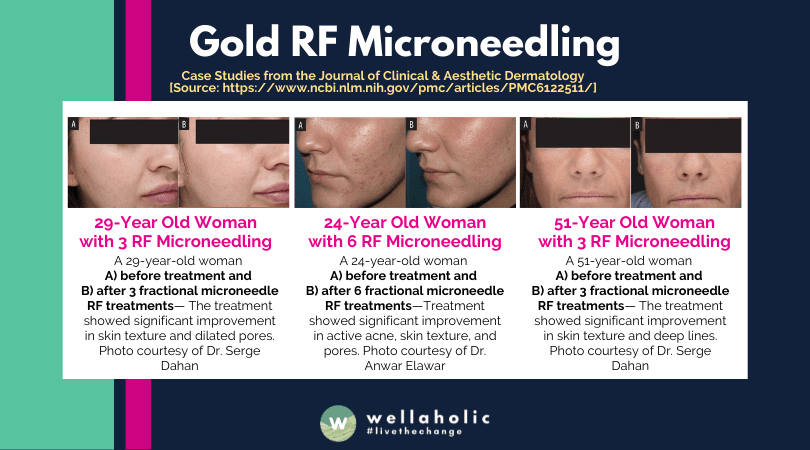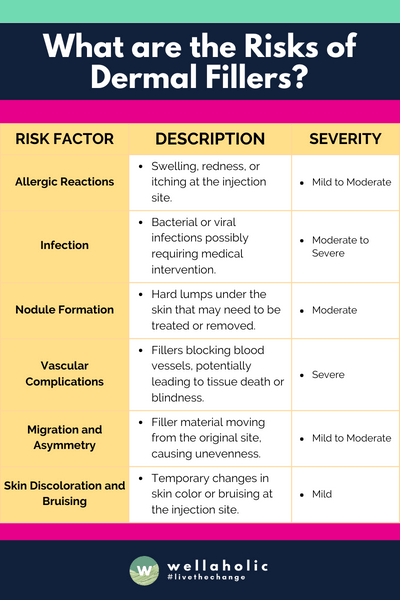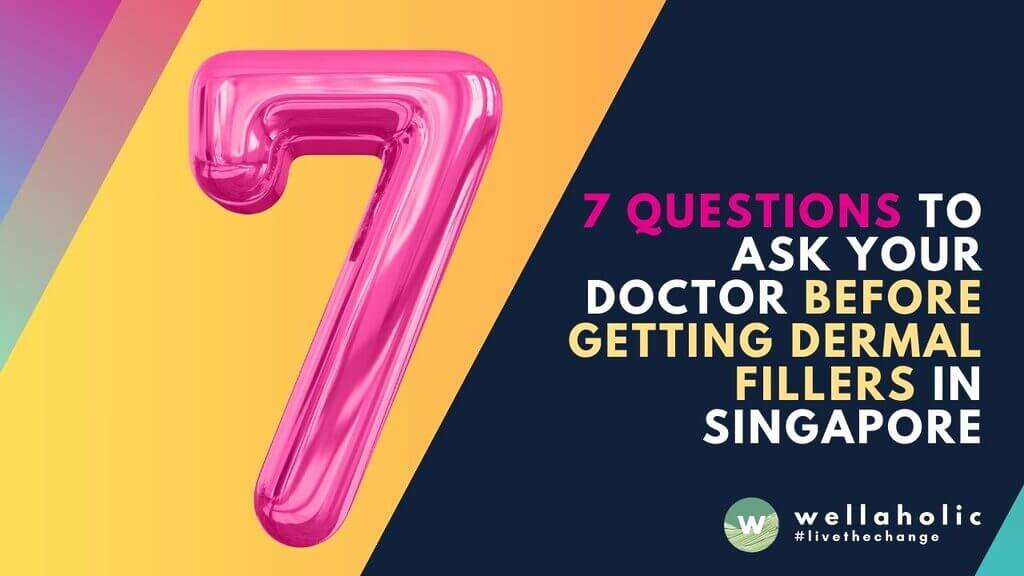
7 Questions to Ask Your Doctor Before Getting Dermal Fillers in Singapore

7 Questions to Ask Before Getting Dermal Fillers
Planning to get dermal fillers in Singapore? Ask these essential questions during your consultation to ensure the best results and safety.
What are your qualifications? 👨⚕️
Choose a doctor with proper training and certifications. Ask to see before/after photos of previous clients.
Which filler type is best for me? 💉
Different fillers serve different purposes. Discuss options to find the perfect match for your needs.
How many syringes will I need? 🧪
Understanding quantity helps set realistic expectations and budget for your treatment.
What’s the recovery time? 🛌
Learn about downtime and post-treatment care for optimal healing and results.
What are the potential risks? ⚠️
Understand possible side effects and how your doctor manages complications.
How long will results last? ⏱️
Results typically last 6 months to 2 years depending on filler type. Plan touch-ups accordingly.
Are fillers right for me? 🤔
Discuss if fillers are the best option or if alternatives like RF microneedling might be better.
Key Benefits of Dermal Fillers
- Non-invasive procedure with minimal downtime
- Long-lasting results (6 months to 2 years)
- Stimulates natural collagen production
- Customizable treatment for your unique needs
- Natural-looking results when done by skilled professionals
Ready to discuss dermal fillers with our experts?
BOOK A CONSULTATION NOWIntroduction
As the Aesthetic Director at Wellaholic, I often get asked about dermal fillers by our customers in Singapore. Fillers are one of the most popular cosmetic treatments we offer for reducing signs of ageing and enhancing facial features. However, it’s crucial that patients understand what to expect and ask the right questions before undergoing any filler procedure.
In this article, I’ll go over the top 7 questions everyone should ask their doctor prior to getting dermal fillers.

Question 1. What are your qualifications and experience with dermal fillers?
One crucial question to ask is: “What are your qualifications and experience with dermal fillers?”
It’s important to choose an experienced professional who has proper training and certifications. Ask about their experience with filler treatments and the specific training programs they completed. An injector’s skill level can really impact your results and safety.
I also suggest asking to see before and after photos of their previous filler clients. This gives you an idea of their technique and aesthetic style. You need a skilled injector who makes you feel at ease and can give you the refreshed, natural appearance you want.
2. What type of dermal filler do you recommend for me and why?
As an aesthetic director, I often get asked about dermal fillers. There are different types, like hyaluronic acid and calcium hydroxylapatite fillers.
I always recommend asking your doctor why they suggest a specific filler. Choosing the appropriate filler depends on your specific concerns and objectives. For example, if you want to smooth out lines around the mouth, a hyaluronic acid filler may work best. But for adding volume to the cheeks, a calcium-based filler could be a better option.
Don’t just go with the most popular brand. Have an open discussion with your doctor about the pros and cons of each filler type for your particular needs. That way, you can make an informed decision together.
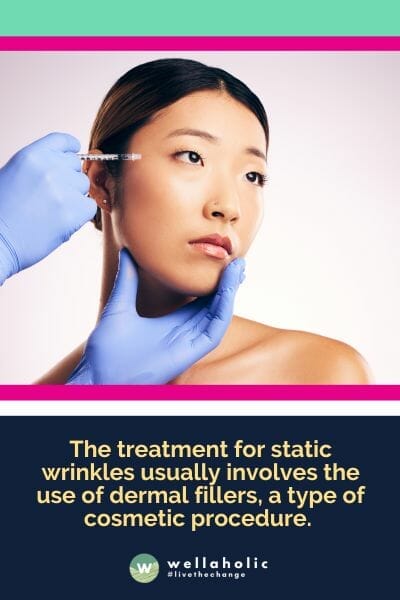
3. How many syringes or units will I need?
When considering dermal fillers, it’s important to understand the amount you may need. The number of syringes required can vary. It depends on the treatment areas and the results you want to achieve.
I always advise my clients to ask their doctor for an estimate upfront. An experienced injector should be able to provide a rough idea of how many syringes may be necessary. This allows you to plan and budget accordingly.
Some areas like the lips may only need one syringe. But for more extensive treatments like cheek augmentation, you might require two or three syringes. Don’t hesitate to have an open discussion about this. Proper planning ensures you get the desired outcome from your filler treatment.
Here are some key factors that influence the number of syringes of filler product needed:
Treatment Areas
Different facial areas require different amounts of filler:
- Lips typically need 0.5-1 syringe per treatment
- Nasolabial folds (laugh lines) often require 1-2 syringes
- Cheeks may need 1-3 syringes per side for volume/contouring
- Under-eye hollows (tear troughs) use around 0.5-1 syringe per side
4. What is the expected downtime and recovery process?
One of the benefits of dermal fillers is the minimal downtime required. However, some swelling or bruising can still occur after the treatment. This is normal and temporary.
Before your appointment, I recommend asking your doctor about the expected recovery process. They can provide specific post-treatment instructions to follow. This includes timelines for when swelling and bruising should subside.
Knowing what to expect can help you plan accordingly. You may want to take it easy for a day or two after getting fillers. Your doctor’s guidance ensures you heal properly and get the best results.
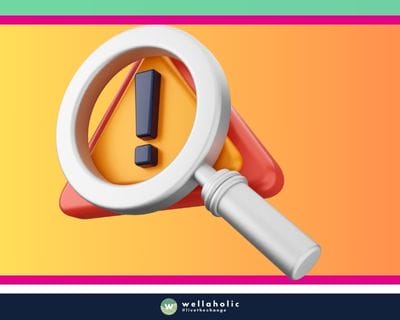
5. What are the potential risks and complications?
While complications from dermal fillers are rare, it’s still important to understand the potential risks involved. As a responsible provider, I always discuss this with my clients.
I suggest asking your doctor about the possible risks and how they manage any complications that may arise. Experienced injectors can provide clear explanations about what to be cautious of and how they would handle any problems.
Don’t be afraid to have this conversation. Reputable clinics take patient safety seriously and have protocols in place. Being informed allows you to make the best decision for your treatment.
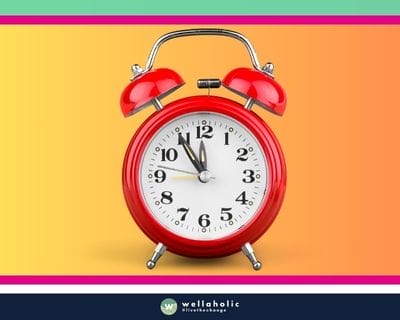
6. How long will the results last, and when should I plan for touch-ups?
It’s important to understand that dermal fillers provide temporary results. The longevity can vary from person to person. During your consultation, I recommend asking about the typical duration you can expect.
Some fillers may last six months, while others can provide results for over a year. Your doctor can advise you on when to schedule touch-up appointments to maintain your desired look.
Having realistic expectations is key. While fillers aren’t permanent, regular touch-ups allow you to enjoy your refreshed appearance long-term. Don’t hesitate to discuss this aspect so you can properly plan ahead.
7. What is the total cost I should expect?
It’s important to understand that dermal fillers provide temporary results. The longevity can vary from person to person. During your consultation, I recommend asking about the typical duration you can expect.
Some fillers may last six months, while others can provide results for over a year. Your doctor can advise you on when to schedule touch-up appointments to maintain your desired look.
Having realistic expectations is key. While fillers aren’t permanent, regular touch-ups allow you to enjoy your refreshed appearance long-term. Don’t hesitate to discuss this aspect so you can properly plan ahead.

Conclusion
Being an informed patient is crucial when considering dermal fillers or any cosmetic treatment. I always encourage my clients at Wellaholic to ask plenty of questions during their consultation.
The seven key questions we covered – about the specific filler, amount needed, downtime, risks, longevity, and overall suitability – are essential to address. An open discussion with your doctor ensures you have realistic expectations and can make the best decision for your needs.
If you’re in Singapore, I highly suggest seeking advice from experienced and qualified aesthetic doctors. While fillers are generally safe, you want a provider who prioritizes your well-being.
For some patients, non-invasive alternatives like radio frequency microneedling may be a better starting option. This article explores safer treatment choices in more detail. Ultimately, an informed approach allows you to achieve your desired results with confidence.
Frequently Asked Questions (FAQ)
1. What are dermal fillers and how do they work?
Dermal fillers, also known as soft tissue fillers, are injectable substances that can be used to address various facial concerns such as wrinkles, volume loss, and facial contouring. The most common type of dermal fillers are made of hyaluronic acid, which helps to add volume and enhance your facial features.
2. What types of dermal fillers are available and which one is suitable for me?
There are several types of dermal fillers available, including Restylane, Juvederm, and collagen fillers. During your consultation, your doctor will assess your needs and recommend the most suitable type of filler based on your facial features and desired outcome.
3. What are the common side effects associated with dermal fillers?
Common side effects of dermal fillers may include bruising, redness, and swelling at the injection site. In some cases, hyaluronidase may be used to reverse the effects of fillers if necessary.
4. How long do dermal fillers last and when will I need to get them redone?
The duration of dermal fillers varies depending on the type of filler used, the area treated, and individual factors. Generally, fillers can last from 6 months to 2 years. Your doctor will advise you on when it is recommended to get a touch-up or redo the treatment.
5. Are dermal fillers reversible?
Yes, certain types of dermal fillers, specifically those based on hyaluronic acid, can be dissolved and reversed using an enzyme called hyaluronidase, providing an additional safety net for clients.
6: What are the most common areas treated with dermal fillers?
Popular areas for dermal filler treatment include the cheeks, lips, nasolabial folds, and under-eye area. These areas benefit from volume restoration, enhancing facial harmony and youthfulness.

Serene Chiam, Aesthetic Director (LinkedIn)
Serene Chiam serves as the Aesthetic Director at Wellaholic, leveraging her decade-long experience in the aesthetics industry. Previously a Clinical Aesthetics Manager with Laser Clinics Australia, Serene holds a CIDESCO certificate in skincare and a Bachelor of Health Science (Aesthetics) from Torrens University of Australia. Her deep understanding of RF microneedling, collagen induction therapy, and skin tightening treatments ensures that Wellaholic’s clients receive the most effective and personalized care for their aesthetic concerns.
Contact Serene at [email protected]
GET IN TOUCH
Book Now Pay Later

Gold RF Microneedling Facial
- ⭐ Uses Up to 64 Micro Needles. Gold RF microneedling is a sophisticated treatment that involves 64 needles to penetrate the skin, release RF energy, and stimulate collagen and elastin production for a clearer and firmer complexion.
- ⭐ Safe and Minimally Invasive. Gold RF Microneedling is safe, minimally invasive.
- ⭐ Effectively Treats Acne Scars, Pigmentation & Wrinkles. Extremely effective aesthetic treatment for treating acne scars, pigmentation, fine lines and wrinkles.
- ⭐ Stimulates Collagen Growth. Gold RF Microneedling stimulates collagen and elastin for new, youthful-looking skin.
- ⭐ Award-Winning. Wellaholic’s treatments have been recognized by top beauty publications such as Daily Vanity, Beauty Insider, and Tropika Club Magazine.
- ⭐ Over 2000 Verified Customer Reviews. Wellaholic has over 30 industry awards and over 2000 positive reviews from customers, and > 50% are repeat customers.
